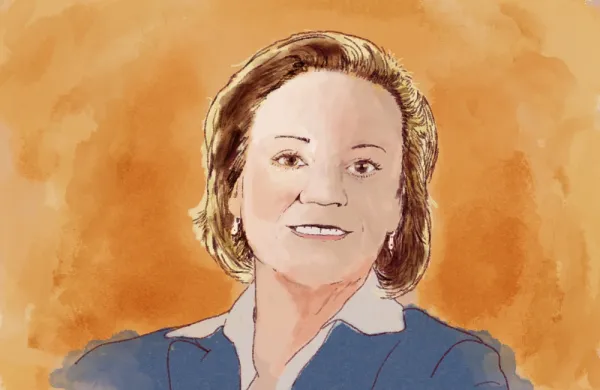Crypto hedge funds have performed relatively well recently but investors, including family offices, still want their money back.
An index of crypto hedge fund performance by Crypto Fund Research, which tracks the monthly returns and assets of more than 270 funds, was down 5.48 percent in the third quarter while Bitcoin was down 11.28 percent. Year-to-date through September, the asset class has performed well: crypto hedge funds have returned 17.7 percent and Bitcoin is up 63 percent.
Despite that, investors continued to ask for redemptions. Crypto hedge funds tracked by CFR had net outflows of $64.4 million in the third quarter, bringing net outflows to $676 million in 2023.
The funds tracked by CFR have an average of only $10 million in assets. To qualify, half of the hedge fund’s assets must be in cryptocurrencies. The total assets under management of the funds tracked hovers between $1 billion and $3 billion.
In a Goldman Sachs survey of family offices early this year, 26 percent said they were invested in crypto, up from 16 percent in 2021. But family office enthusiasm for the asset class has fallen significantly after a series of scams and business failures, including FTX. The percentage of family offices surveyed by Goldman with no interest in crypto jumped from 39 percent to 62 percent.
Ronald Diamond, founder of Diamond Wealth, a firm that helps more than 100 family offices, ranging in size from $250 million to $30 billion, invest in private markets, said FTX was a turning point. “If the asset class is performing well, why would you pull out of it?” Diamond said. The reason is that crypto failures damaged the trust that family offices had in the asset class and caused them to rethink it.
While institutional investors begin their due diligence researching a fund’s performance, strategy, manager and other typical things, family offices begin their process by asking ‘can I trust’ this asset manager, or any organization they do business with, Diamond said. If trust can’t be established, or it is harmed or gone, families have plenty of other options they can turn to.
CFR doesn’t have specific data about the investors in the funds it tracks. But redemptions seemed to be relatively small and spread across funds. “It's certainly plausible that some significant portion of redemptions come from family offices,” Joshua Gnaizda, founder of CFR, said. “My inclination is that this indicates it's mostly from [high net worth] investors and possibly family offices with relatively small allocations.”
The risks might not be worth the rewards anymore for some investors.
“A few years ago, when things were up 500 percent, maybe you can justify a small highly risky allocation,” Gnaizda said. “I think the conversations have changed a bit. I don't know that that's a permanent thing. But just in the last several months, the conversations have probably shifted at the institutional level. It might be just everyone kind of hitting the pause button at the moment.”







